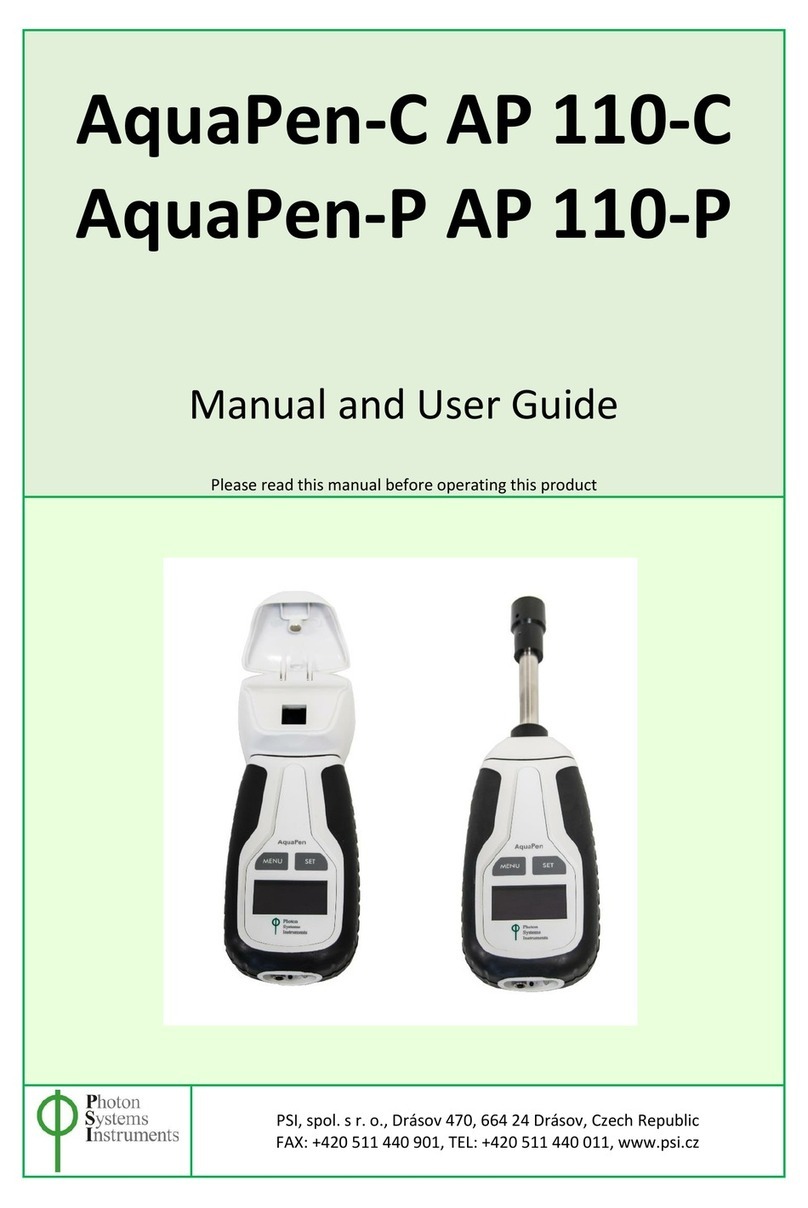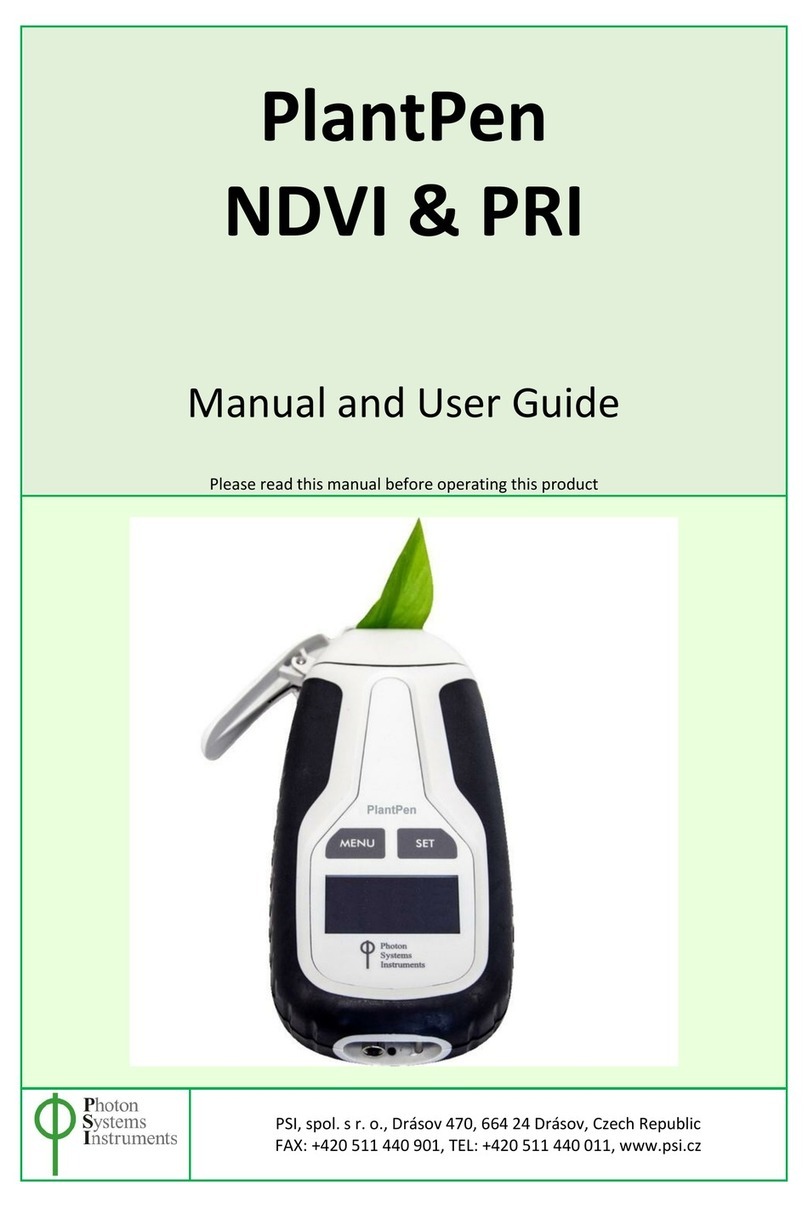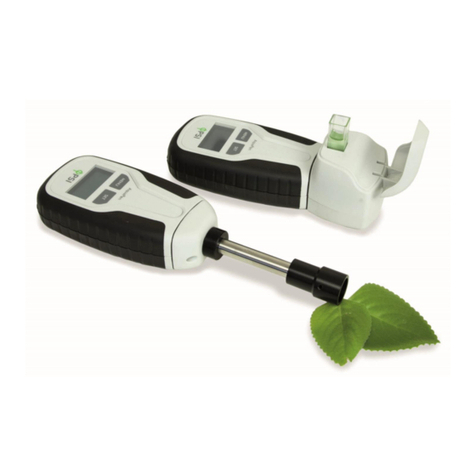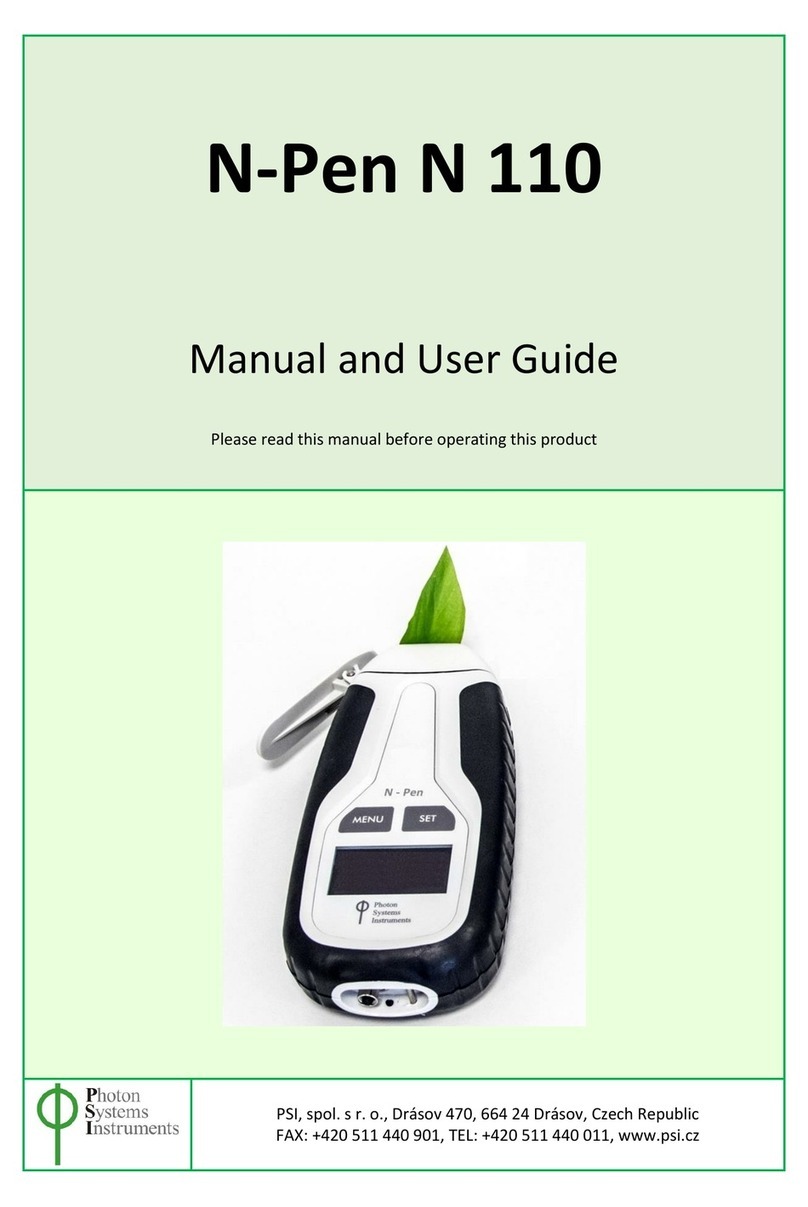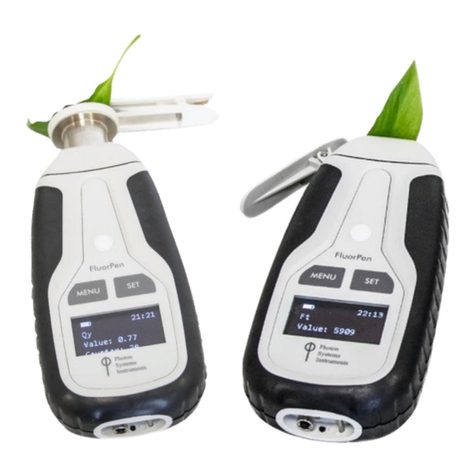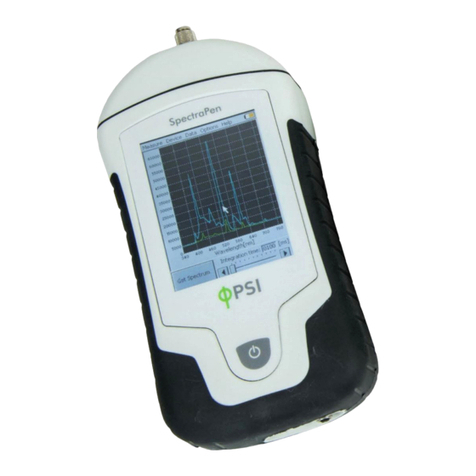
2
CONTENTS
Contents.................................................................................................................................................................. 2
Instruction Manual.................................................................................................................................................. 4
Warnings and Safety Precautions ........................................................................................................................... 4
General Description ................................................................................................................................................ 5
Device Description .................................................................................................................................................. 6
List of different Photobioreactor FMT150 types ............................................................................................... 8
List of parameters measured and/or calculated by the Photobioreactor FMT150......................................... 10
Components of Photobioreactor FMT150....................................................................................................... 11
Description of the Photobioreactor Control Unit Front Panel ........................................................................ 20
Description of the PBR Rear Panel for version FMT150.1 ............................................................................... 21
Description of the PBR Rear Panel for version FMT150.2 ............................................................................... 23
Installation ............................................................................................................................................................ 26
Device Installation ........................................................................................................................................... 26
Accessories/optional components........................................................................................................................ 34
O2electrode installation.................................................................................................................................. 34
CO2electrode installation................................................................................................................................ 35
Magnetic stirrer installation ............................................................................................................................ 37
External light panel installation....................................................................................................................... 39
High-precission GAS Mixing system ................................................................................................................ 40
Peristaltic pump installation............................................................................................................................ 43
Gas analysis system GAS 150........................................................................................................................... 46
PWM Pump...................................................................................................................................................... 50
Photobioreactor software..................................................................................................................................... 51
Software Installation and Use ......................................................................................................................... 51
Graphical User Interface (GUI) ........................................................................................................................ 51
User´s Guide for cultivation of algae and cyanobacteria ...................................................................................... 62
Preparation and set up of the components .................................................................................................... 62
Preparation of the device and Setting up of the experiment.......................................................................... 62
Appendix 1 –Installation of the Operating System .............................................................................................. 64
Appendix 2 –Control Menu Tree.......................................................................................................................... 66
Explanation of Control Keys and Used Symbols .............................................................................................. 67
Graphical Presentation of the Operation Schematic....................................................................................... 68
Appendix 3 –Detailed Explanation of the Pulse Light Control ............................................................................. 74
